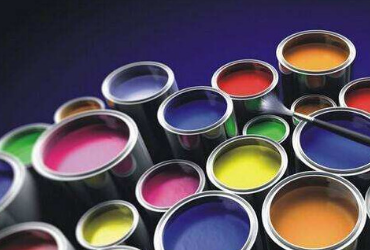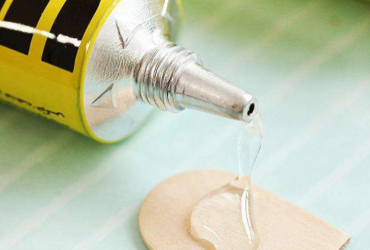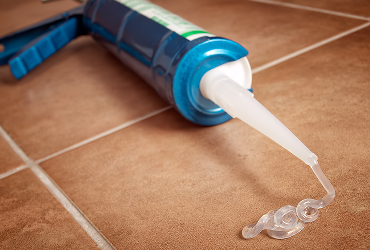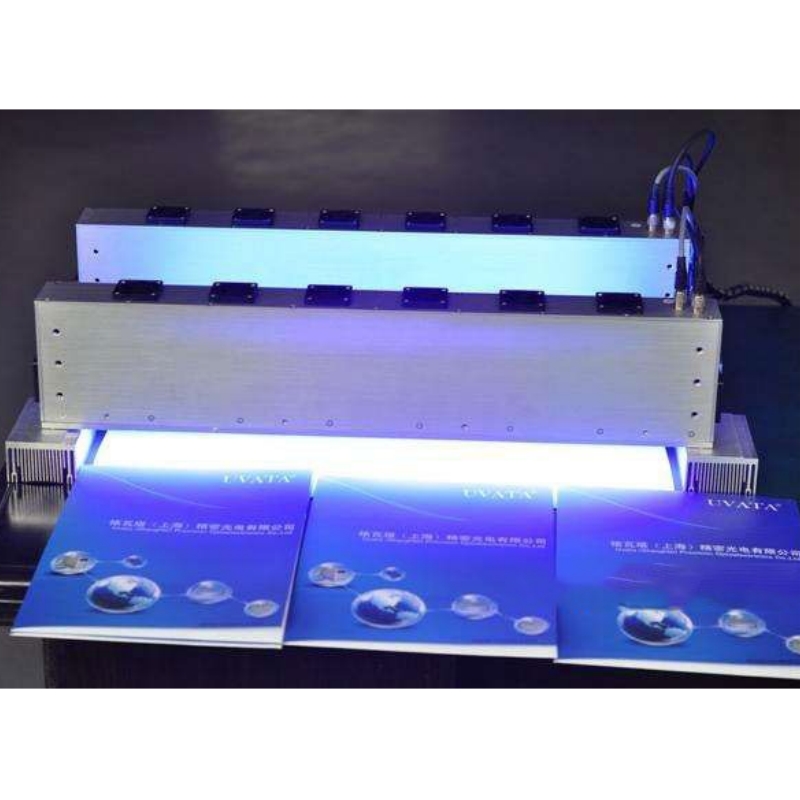As UV printing has become more important in food packaging, the industry has started to deliver a multitude of products that show reduced migration potential. To decrease migration, the photoinitiator must be immobilized. One way to achieve immobilization is to increase the molecular weight of the substance. It has been shown that calculated diffusion coefficients drastically increase at molecular weights below 300g/mol.[8] At molecular weights above 1,000g/mol, migration is considered minimal, so only substances with lower molar mass are considered toxicologically relevant by the European Food Safety Authority.[9]
Most producers increase molecular weight by building oligomeric structures that tether two or more photosensitive moieties together, usually achieving weights 450g/mol to 800g/mol. This effectively reduces migration potential – although it does not achieve the regulatory limit. This is a consideration for Type II systems, as the photoinitiator is not incorporated into the system. Differently oligomeric Type I photoinitiators are likely to be incorporated, as the chance for a successful initiation increases with the presence of more than one photosensitive moiety.[10] A general downside of oligomeric photoinitiators is their impact on viscosity. As a consequence, an ink or varnish developer is severely confined in the freedom to formulate. For example, the use of monomers with low viscosity might be necessary, usually decreasing functionality and increasing the chance of migration.
In a Type II system, a way to reduce the impact on viscosity while reducing migration potential is to reduce molecular weight and incorporate the photoinitiator into the system. This can be achieved by incorporating an acrylic group into the molecular structure, as has been done with the recently commercialized photoinitiator shown in Figure 6, herein referred to as HBEOAc.[11] Although a Type II photoinitiator, it can be incorporated into the polymer network and, as a consequence, can form all the mentioned side products during curing. This might happen either through an initiation by the photosensitive moiety itself or by reaction with another propagating chain.
In case of “self”-initiation, incorporation of the molecule into the network is highly probable due to the vicinity of the a-aminoalkyl radical, formed in the co-initiation process, to the polymerizable moiety (Figure 6). As a consequence, overall incorporation of HBEOAc into the polymer network is high. Little to none of the photoinitiator or side products deriving from it could be found in migration tests, showing that introduction of acrylic functionalities is not just feasible but can be an efficient way to suppress migration.
| Model no. | Special photoinitiaors |
|---|---|
| lencolo 5006D liquid 184 | Liquid 184 Photoinitiator |
| lencolo 5007D liquid TPO | Liquid TPO deep layer photoinitiator |
| lencolo 5024 | Anti-yellowing Photoinitiator |
| lencolo 5030 | Photoinitiator for LED |
| lencolo 5031B | synergistic photoinitiator |
| Lencolo 5031D | Low Odor Synergistic Photoinitiator |
| lencolo 5032 | Thin Coating Photoinitiator |
| lencolo 5033 | Photoinitiator for black |
| Lencolo 5040 | Photoinitiator for 3D printing |
| lencolo 5050W | 5050W water-based photoinitiato |


2022-08-03




2025-01-06